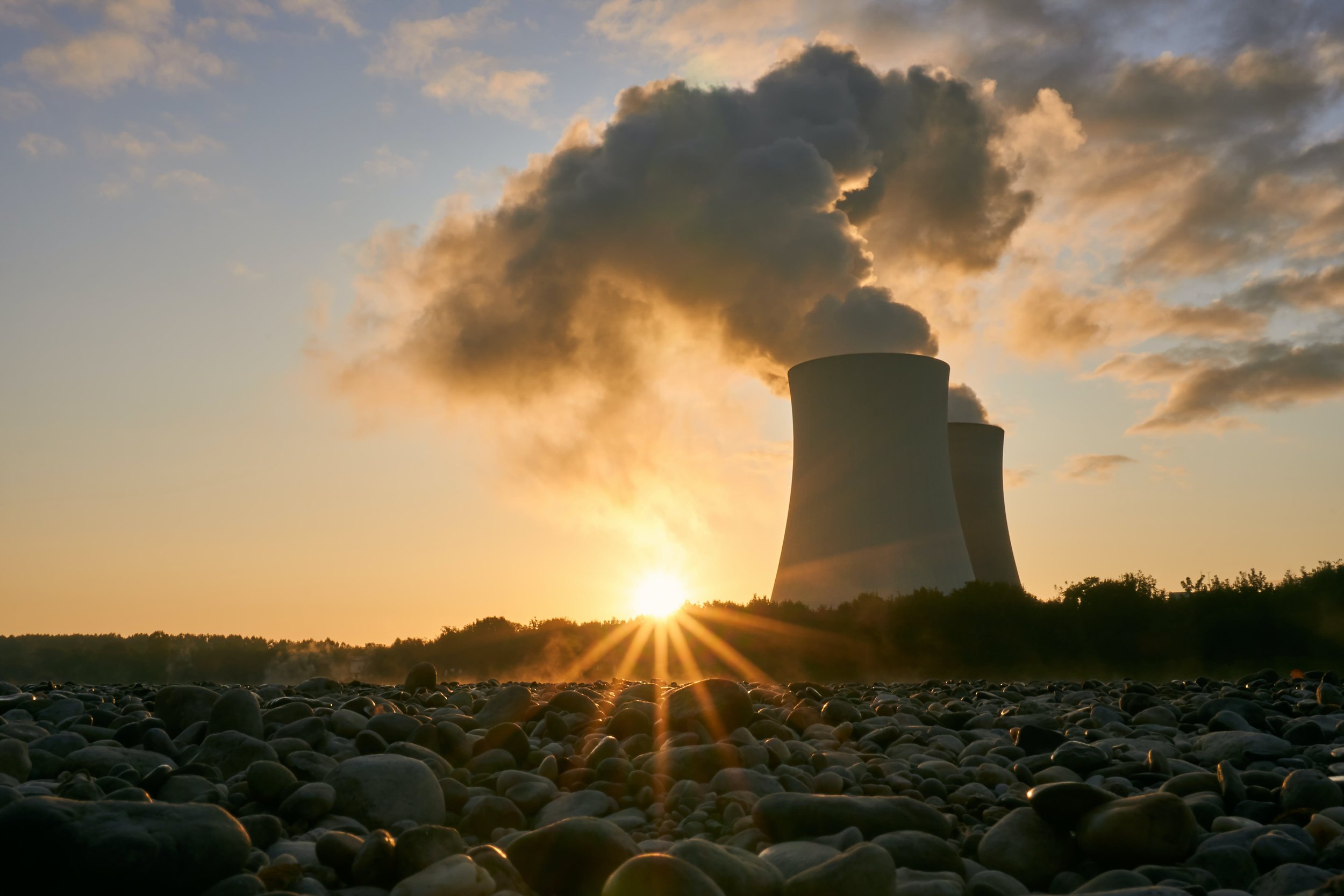Europe's Energy Crisis: Navigating Turbulent Markets Amidst Geopolitical Tensions and Economic Weakness
Europe's energy landscape faces unprecedented challenges as the continent grapples with a confluence of factors, primarily driven by geopolitical conflicts and a sluggish global economy. The ongoing volatility in oil and gas markets, exacerbated by current conflicts, has sent shockwaves through the energy sector, impacting consumers and businesses.
Natural Gas Price Surges:
In recent months, natural gas prices have taken centre stage, experiencing a 15% surge in October. At its peak, prices rallied by 40%, reaching an eight-month high. This surge is a direct consequence of the geopolitical conflict in the Middle East, posing a critical question for Europe—what lies ahead for gas markets, especially in the shadow of a weakening global economy?
Potential Escalation and Economic Impact:
Bloomberg Economics estimates that in the event of a full-blown war, the global economy could tip into a recession, wiping off $1 trillion and causing oil prices to soar to $150 per barrel. Such a scenario would undoubtedly lead to a further spike in gas markets. However, this analysis assumes a contained conflict or no further escalation, with gas inventories remaining intact.
Winter Weather and Gas Inventories:
The immediate outlook for gas availability appears positive when examining European gas inventories, which are currently 96% full and +172 terawatt-hours above the ten-year seasonal average. Historical data shows that large withdrawals are not anticipated, providing stability. However, the trajectory could shift based on winter weather patterns.
Winter Weather Impact:
Short-term forecasts indicate "warmer than average" temperatures moving into November, influenced by the prolonged El Niño expected to persist until February 2024. The potential for 2024 to become the hottest year on record adds uncertainty. El Niño's influence on European weather remains unpredictable but could result in extreme climate shifts.
Eurozone Economic Slowdown:
Another factor impacting gas prices is the slowdown in the global economy, particularly in the eurozone. Key economic indicators highlight contraction and declining business activity, such as the HCOB's Eurozone Manufacturing PMI and the S&P Global HCOB's flash eurozone Composite PMI. Germany, France, and the United Kingdom, significant players in the eurozone, all exhibit signs of economic downturn.
LNG Imports and Gas Demand:
Europe's liquefied natural gas (LNG) imports have witnessed a significant drop in gas demand across various sectors in Germany. Industrial, residential, and power sector gas usage has declined, signalling a 13% fall in Germany's gas consumption for the first half of 2022. Similar trends are observed in other major European gas consumers.
Gas Price Outlook for 2023:
If the trend continues, Europe's largest gas market will contract over one-fourth by year-end. Hedge funds have been selling gas futures, and recent data shows a 3% decline in natural gas prices due to a slowdown in demand. However, a slight increase in consumption is expected, keeping the market prone to supply shocks.
Impact on Consumers:
The volatile energy markets translate into uncertainty for the average consumer and household. Swings and volatility impact consumer budgets, disrupting planning and financial stability. Continued bullish energy prices may lead to persistent inflation, impacting spending power and pressure the retail sector.
Summary:
As Europe navigates through the complex geopolitical tensions, economic slowdown, and volatile energy markets, strategic hedging and careful planning become imperative for businesses and consumers. The coming months will likely be marked by strong swings in energy markets, keeping observers, traders, and analysts on high alert. The key to weathering this storm lies in closely monitoring developments and adapting strategies to mitigate risks in this uncertain environment.

